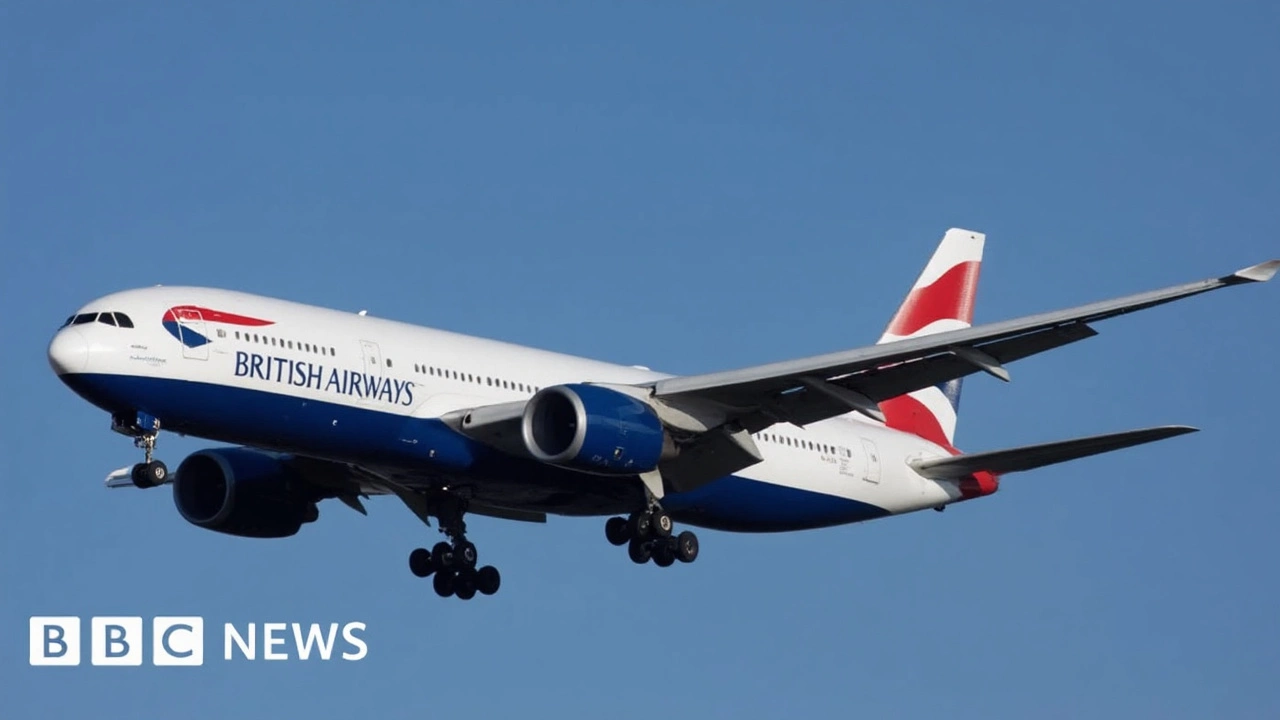British Airways Calls Time on London-Beijing Route Amid Russian Airspace Ban
One of Europe's most storied air connections is off the map—at least for now. British Airways (BA) has pulled the plug on its London-Beijing route, putting it on what the airline calls 'indefinite suspension' starting October 2024. The reason? Navigating around Russian airspace is proving too costly and too slow, making the route unsustainable. BA had hopes to restart flights in late 2025, but that's up in the air as a strategic review gets underway.
The immediate problem traces back to 2022, when Russia closed its skies to most European and American airlines in response to Western sanctions over Ukraine. Since then, BA and other European carriers have been forced into marathon detours—sometimes adding hundreds or even thousands of miles to what used to be a fairly straight shot between Europe and China. Those longer journeys don’t just burn extra fuel; they rack up higher crew costs, extra airport fees, and logistical headaches. For passengers, it can mean hours stuck in the clouds, making non-European competitors far more attractive.
BA isn’t the only one waving the white flag. Scandinavian Airlines is wrapping up its Copenhagen-Shanghai service after November 7, 2024. Virgin Atlantic has shuttered its China flights completely, and Lufthansa is weighing whether it can keep its Frankfurt-Beijing connection afloat. On the global stage, Qantas has axed Sydney-Shanghai, while Delta keeps postponing its Shanghai-Los Angeles plans. The tough truth? The Russian airspace ban isn’t just a headache—it’s a full-blown crisis for European-Asia aviation.
Chinese Carriers Surge Ahead as Europe Struggles
With the Russian airspace ban in place, Chinese airlines suddenly have the home-field advantage. Air China, China Eastern, and China Southern can zip across Siberia, keeping their routes direct and costs low. This opens the door for Chinese carriers to go on the offensive: service between Europe and China is up 18% compared to 2019, with big boosts in flights from Shanghai to London, Madrid, and Rome. In some cases, Chinese airlines have increased their capacity to those cities by as much as 45% since before the pandemic hit.
It’s not just about more seats. Ticket prices on Chinese carriers tend to be 5–35% cheaper than what Western airlines can offer. And thanks to shorter flight times and fewer rerouting headaches, travelers are voting with their wallets. European airlines just can’t keep pace on price or convenience, so they’re quietly bowing out of historically lucrative markets.
Of course, it’s not all smooth sailing for anyone flying to China. The country’s economic headwinds are rattling business travel, and demand remains inconsistent as companies cut back on overseas activity. Most airlines across the board fine-tune their routes in spring and autumn, watching closely for signs that demand might rebound. For now, BA is holding onto daily flights from London to Shanghai and Hong Kong, but its Beijing decision signals a retreat from one of the most competitive aviation corridors on the map.
This shakeup marks a new reality: as long as the Russia-Ukraine conflict grinds on, European airlines will stay stuck in the slow lane. Meanwhile, Chinese carriers are happy to take the fast track, rewriting the playbook on transcontinental air travel.
